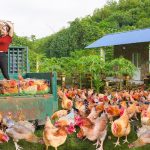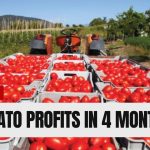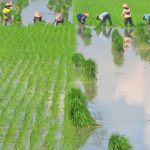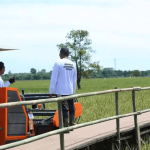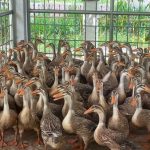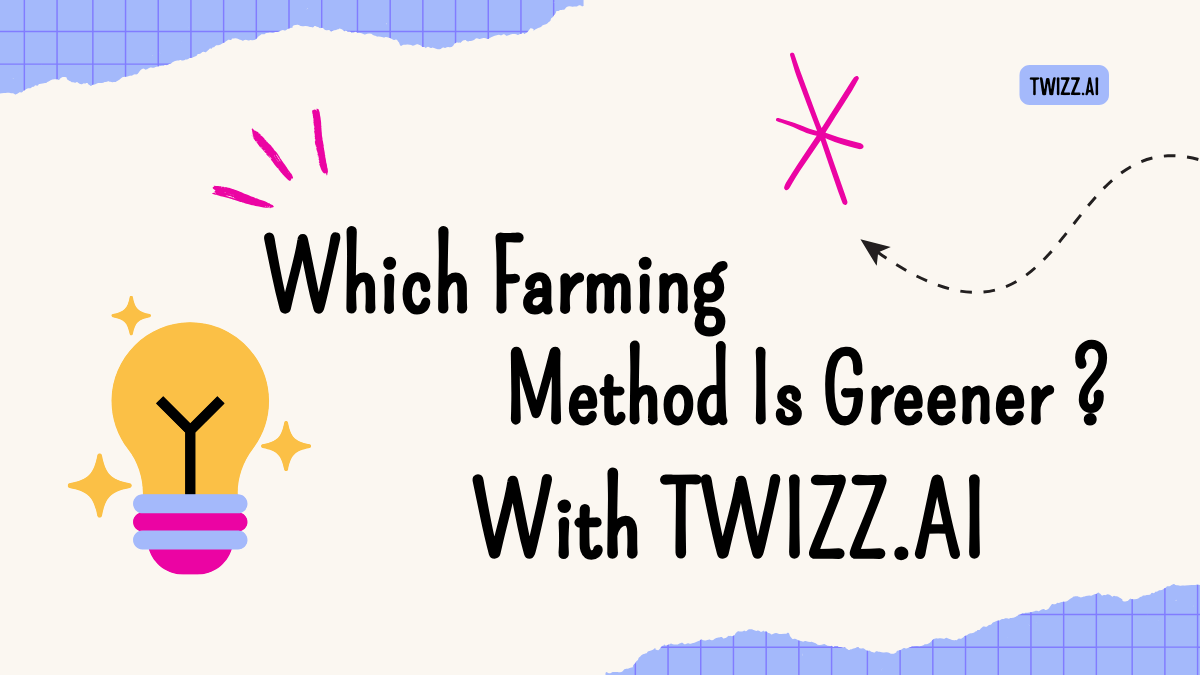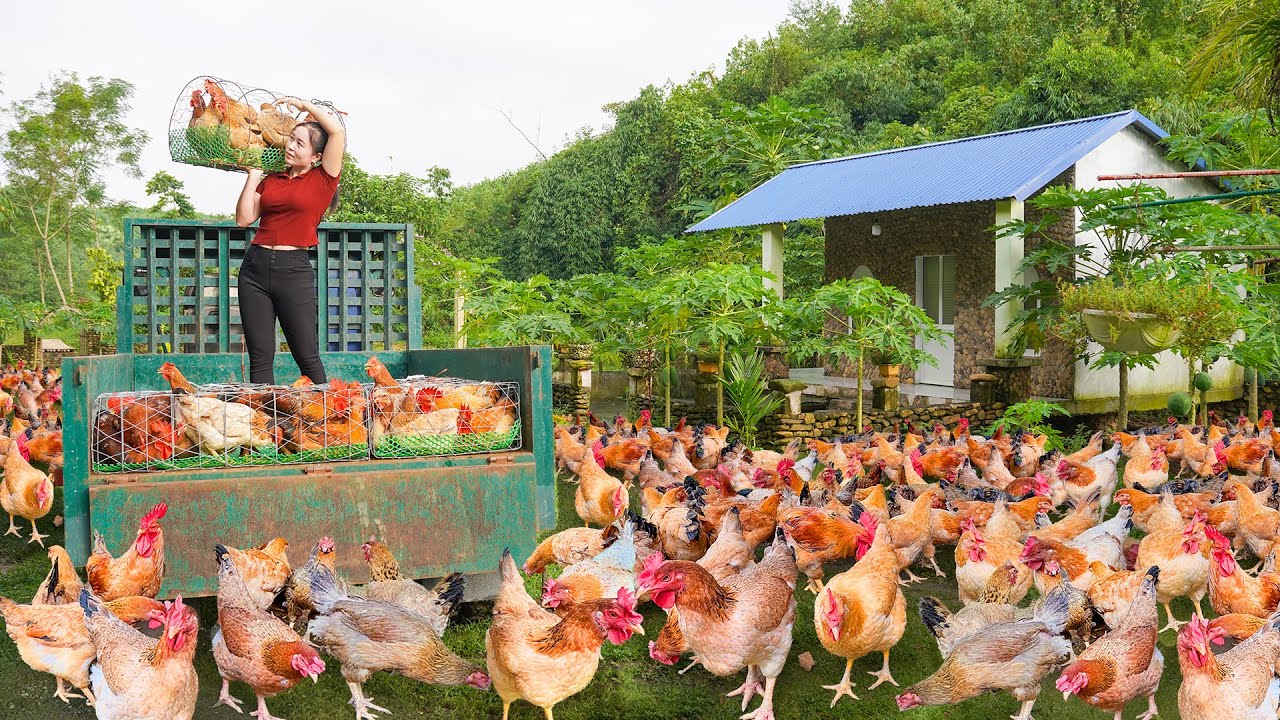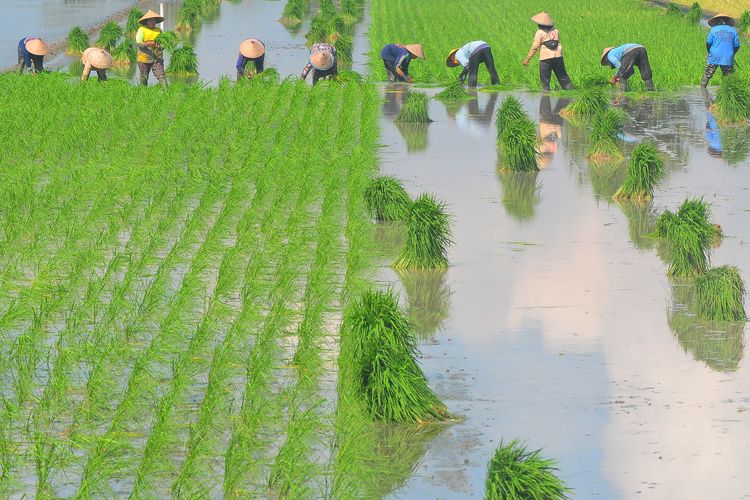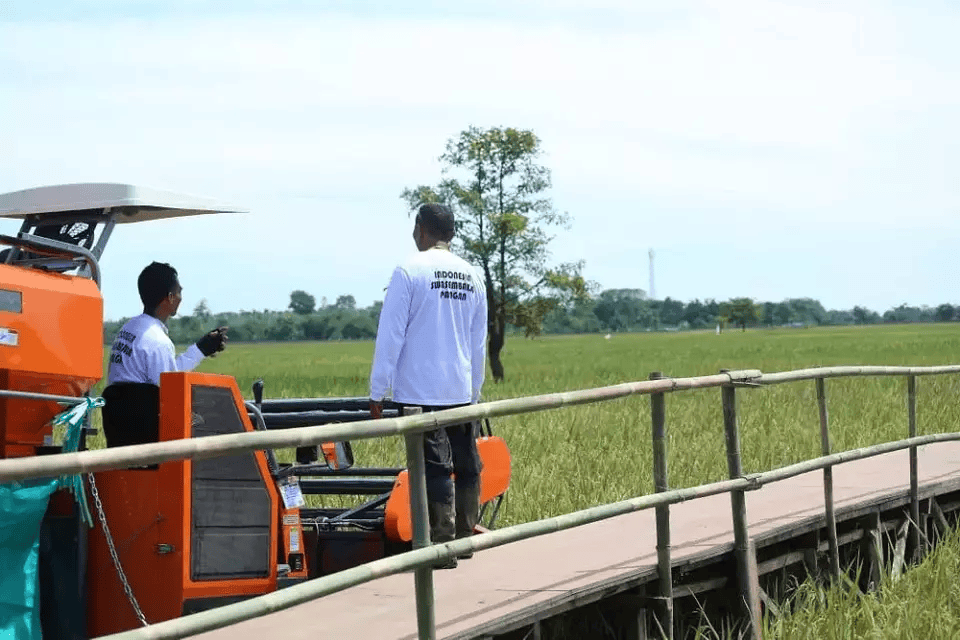Organic vs Conventional Farming Which Is Better for the Environment
Defining the Systems
Organic farming relies on ecological processes crop rotations green manure and compost to maintain soil fertility and control pests. Synthetic fertilizers pesticides and genetically modified seeds are prohibited. Conventional agriculture leans on high-yield cultivars chemical inputs mechanization and intensive irrigation to maximize productivity per hectare.
Soil Health and Structure
Organic Practices Enhance Soil Biology
Organic systems build stable aggregates by feeding soil microorganisms through diverse organic amendments. Earthworm populations can be two to three times higher under organic management than conventional fields. Mycorrhizal fungi proliferate when synthetic fungicides are absent forging networks that boost nutrient uptake and drought resilience.
Conventional Tillage Degrades Structure
Frequent plowing in conventional fields pulverizes aggregates, increasing bulk density and reducing infiltration. Compacted soils elevate runoff, erode topsoil and impair root growth. Repeated chemical fertilizer application can lead to salt accumulation, harming soil biota and structure over time.
Nutrient Management and Water Quality
Organic Nutrient Cycling
Nutrient release in organic systems is slow and steady as compost and green manures decompose. This gradual mineralization reduces leaching of nitrates into groundwater. Cover crops further scavenge residual nitrogen preventing it from contaminating water bodies.
Synthetic Fertilizers and Eutrophication
Conventional farms often apply soluble nitrogen and phosphorus in excess of plant uptake rates. Surplus nutrients wash into streams causing algal blooms hypoxia and fish kills downstream. Globally agricultural runoff accounts for over 70 percent of waterway pollution in some regions.
Greenhouse Gas Emissions
Carbon Sequestration in Organic Systems
Enhanced soil organic matter under organic management sequesters CO₂. Meta-analyses indicate organic farms can store an additional 0.2 to 0.5 metric tons of carbon per hectare each year compared to conventional counterparts, offsetting part of farm emissions.
Nitrous Oxide from Synthetic Nitrogen
Conventional fields emit higher nitrous oxide (N₂O) hotspots when excess nitrogen undergoes denitrification. N₂O has nearly 300 times the global warming potential of CO₂. Precision application and inhibitors can mitigate emissions but require careful management.
Biodiversity and Ecosystem Services
Habitat Complexity in Organic Landscapes
Organic farms frequently maintain hedgerows flower strips and mixed crop rotations that sustain pollinators predatory insects and soil fauna. Studies show hoverfly and bee diversity can be two to four times greater on organic holdings.
Simplified Monocultures in Conventional Systems
Large-scale monocultures reduce habitat heterogeneity. Reliance on broad‐spectrum pesticides can decimate non-target species, weakening natural pest control and pollination services. Wildlife corridors and integrated pest management can help but are not standard practice.
Energy Use and Efficiency
Organic Farming’s Lower Energy Inputs
Organic methods typically consume less fossil energy per kilogram of produce because they forgo energy-intensive nitrogen fertilizer production. However yield gaps of 20 to 30 percent can reduce this advantage on a per-unit-product basis.
High Yields but High Energy in Conventional
Conventional agriculture achieves greater yields per hectare, diluting energy use per ton of output. Yet reliance on diesel-powered machinery and petrochemical inputs makes systems vulnerable to fuel price volatility and carbon taxes.
Water Use Efficiency
Organic Systems Promote Retention
Enhanced soil structure, higher organic matter and living mulches improve infiltration and water-holding capacity. Organic soils can retain up to 70 liters more plant-available water per cubic meter than degraded counterparts, increasing drought resilience.
Irrigation Demands in Conventional Fields
Conventional high-yield crops often demand precise irrigation schedules. Overapplication leads to deep percolation losses and salinization. Drip irrigation and soil moisture sensors help but require capital investment.
Food Security and Yield Considerations
Yield Gap and Intensification
Organic yields average 80 percent of conventional across many staples. In high-input regions yield gaps shrink to 5-10 percent. To meet global food demands, some advocate combining best practices from both systems—integrated agroecology.
Resilience vs Productivity
Organic farms are often more resilient to extreme weather due to healthier soils and diversified crops. Conventional farms may achieve higher short-term productivity but can be more susceptible to input-supply disruptions and climate shocks.
Real-World Story
On a mixed farm in northern Italy the Rossi family transitioned from intensive conventional cereals to an organic rotation including legumes truffles and olive trees. Over five years soil carbon rose by 1.1 percent, groundwater nitrate declined by 45 percent and tourism around agritourism lodges bolstered income despite a 15 percent yield reduction on grains.
Tips and Tricks for Farmers
1 Incorporate cover crops such as clover or rye to recycle nitrogen and suppress weeds
2 Practice no-till or reduced tillage to protect soil structure and microorganisms
3 Use nutrient budgeting tools to match organic amendments precisely to crop needs
4 Establish pollinator habitats with native wildflower strips
5 Deploy drip irrigation with moisture sensors to optimize water use
6 Blend organic and synthetic practices strategically in an integrated management plan
Future Directions
Precision Agroecology
Combining organic principles with precision technologies drones for scouting, AI for decision support and GPS-guided equipment can narrow yield gaps while preserving environmental benefits.
Policy and Certification Evolution
Governments may incentivize carbon credits for soil sequestration and revise subsidies to reward biodiversity enhancements. Certification schemes are adapting to include regenerative metrics beyond organic standards.
Conclusion
Neither extreme system holds all the answers. Organic farming excels in ecosystem stewardship soil health and biodiversity. Conventional methods deliver high productivity and resource-use efficiency per unit product. For the environment the optimal path lies in hybridizing strengths leveraging organic ecological processes where possible while integrating precision inputs to feed the world sustainably.
